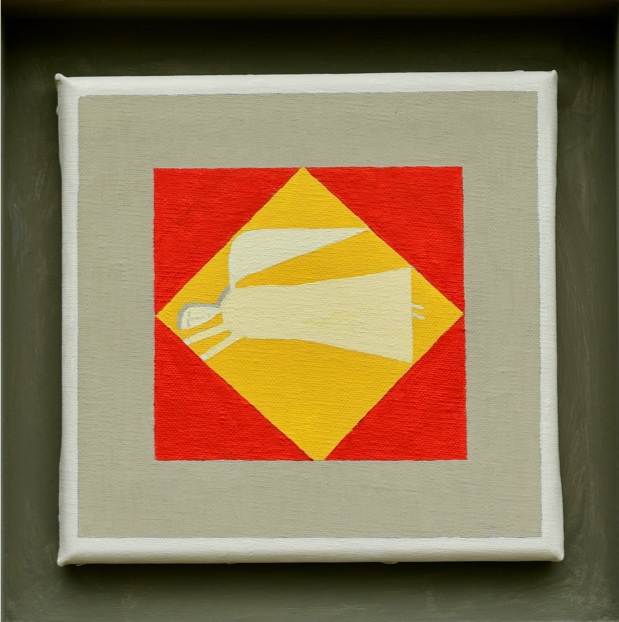Abstract
This essay considers the forms and temporal structures of twelfth-century romance and historiography, focusing on Wace's Roman de Brut and Chrétien de Troyes' Yvain and Lancelot. It argues, drawing upon theoretical perspectives from Reinhart Koselleck and François Hartog, that Wace's poem can be understood in terms of a twelfth-century "regime of historicity" (Hartog) that seeks to produce an ordered, "synchronous" (Koselleck) historical time. Chrétien, taken here as writing against Wace in a close, dialectical repudiation of his predecessor's narrative forms, adopts a temporal structure that is incommensurable with Wace's, and in doing so expands the space of possibility for the narrative representation of the past.

This work is licensed under a Creative Commons Attribution-ShareAlike 4.0 International License.
Copyright (c) 2023 Daniel Reeve
Metrics
Metrics Loading ...

